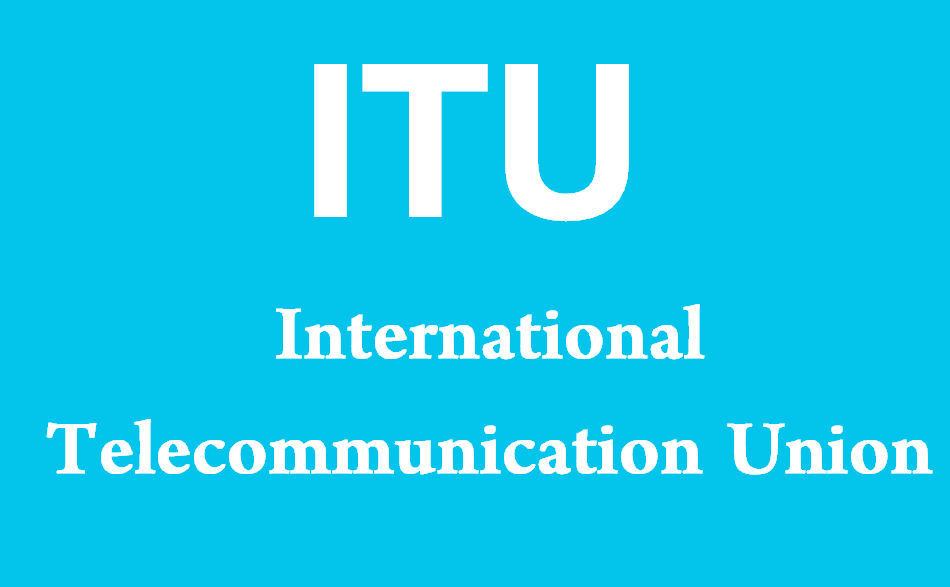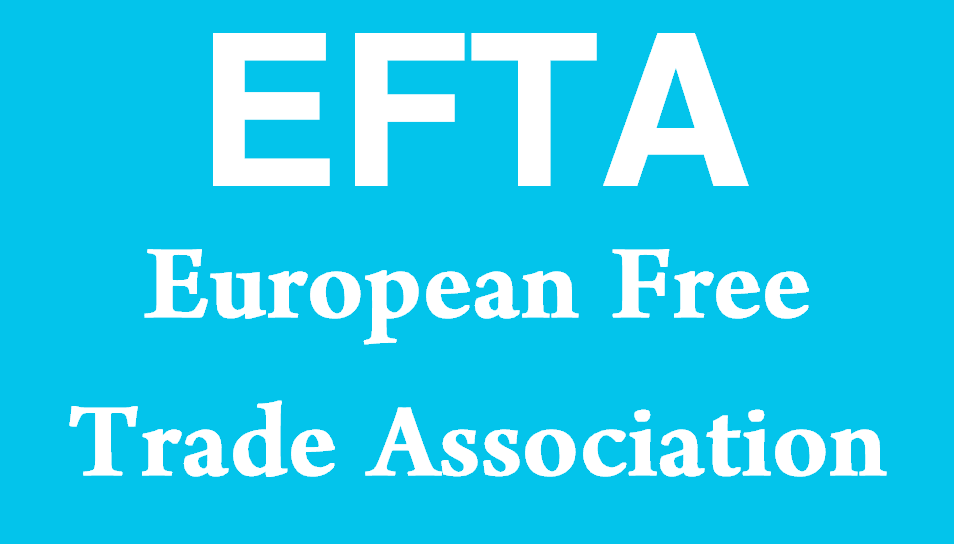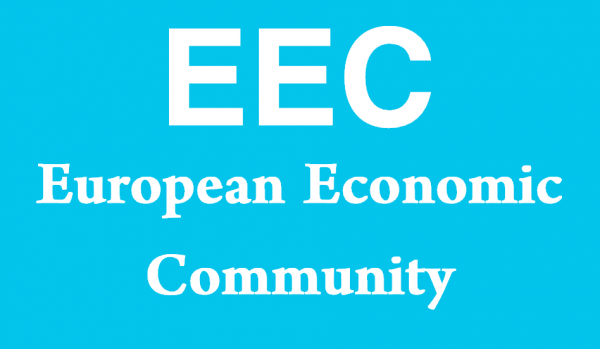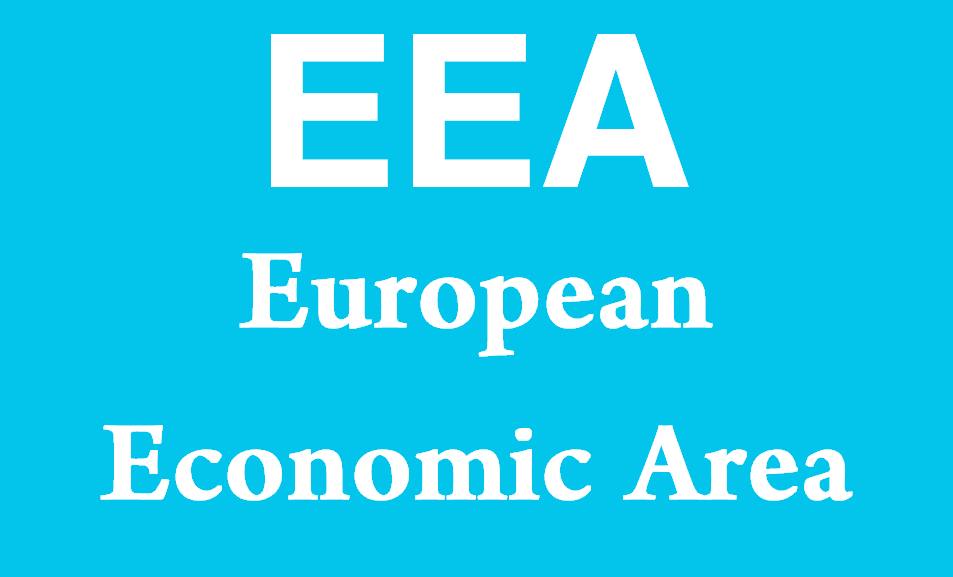What does EU stand for?
EU stands for European Union. The European Union is a political and economic union of 27 European countries that are located primarily in Europe. Established to foster economic cooperation, the EU has grown to become a major entity influencing global politics, economics, and policies. Understanding the EU’s structure, functions, and impact is crucial for comprehending the dynamics of modern Europe and its role in the world.

Comprehensive Explanation of the European Union
Historical Background
Formation and Early Years
The European Union traces its roots to the aftermath of World War II, with the goal of fostering economic cooperation and preventing future conflicts. The idea was that countries that trade together are more likely to avoid war. The EU was formally established by the Maastricht Treaty in 1993, but its origins lie in the European Coal and Steel Community (ECSC) and the European Economic Community (EEC), created by the Treaty of Rome in 1957.
Expansion and Development
Over the years, the EU has expanded from its original six members (Belgium, France, Germany, Italy, Luxembourg, and the Netherlands) to its current 27 member states. Key milestones in the EU’s development include the establishment of a single market in 1993, the introduction of the euro in 1999, and several rounds of enlargement, most notably the accession of Eastern European countries in 2004.
Structure and Institutions
The European Commission
The European Commission acts as the EU’s executive branch, responsible for proposing legislation, implementing decisions, and managing the day-to-day affairs of the Union. It operates independently of member states and is tasked with upholding the interests of the EU as a whole.
The European Parliament
The European Parliament is the legislative body of the EU, representing the citizens of the member states. It works with the Council of the European Union to pass laws and approve the EU budget. Members of the European Parliament (MEPs) are directly elected by EU citizens every five years.
The Council of the European Union
Often referred to as the Council of Ministers, this institution represents the governments of the member states. It negotiates and adopts EU laws, coordinates policies, and develops the EU’s foreign and security policy. The presidency of the Council rotates among the member states every six months.
The European Council
The European Council brings together the heads of state or government of the member states, along with the President of the European Commission. It sets the EU’s overall political direction and priorities but does not pass laws.
The Court of Justice of the European Union (CJEU)
The CJEU ensures that EU law is interpreted and applied uniformly across member states. It settles legal disputes between national governments and EU institutions and can also take action against EU institutions if they violate EU law.
The European Central Bank (ECB)
The ECB manages the euro and formulates and implements EU monetary policy. Its primary goal is to maintain price stability within the eurozone, which comprises the 19 EU member states that have adopted the euro as their currency.
Policies and Functions
Single Market
One of the EU’s most significant achievements is the creation of a single market, allowing for the free movement of goods, services, capital, and people. This integration facilitates trade and investment, enhances competition, and provides consumers with a wider choice of products and services.
Economic and Monetary Union
The EU has established an Economic and Monetary Union (EMU), which involves the coordination of economic and fiscal policies, a common monetary policy, and the euro as the common currency for participating member states. The EMU aims to foster economic stability and growth within the EU.
Common Agricultural Policy (CAP)
The CAP aims to support farmers, improve agricultural productivity, ensure a stable supply of affordable food, and promote rural development. It provides financial support to farmers and implements measures to stabilize agricultural markets.
Common Foreign and Security Policy (CFSP)
The CFSP enables the EU to speak and act as one in world affairs. It covers all areas of foreign policy, including security, defense, and trade. The EU aims to promote peace, security, and international cooperation through its CFSP.
Regional Policy
The EU’s regional policy aims to reduce disparities between the levels of development of various regions. It supports job creation, competitiveness, economic growth, improved quality of life, and sustainable development through investments in infrastructure, innovation, and education.
Impact and Influence
Global Trade and Economy
The EU is one of the world’s largest trading blocs, with significant influence on global trade and economics. It negotiates trade agreements on behalf of its member states, sets standards and regulations that affect global markets, and is a major player in international organizations such as the World Trade Organization (WTO).
Environmental and Climate Policy
The EU is a global leader in environmental protection and climate change mitigation. It has implemented comprehensive policies to reduce greenhouse gas emissions, promote renewable energy, and improve energy efficiency. The European Green Deal aims to make Europe the first climate-neutral continent by 2050.
Social and Human Rights
The EU promotes social inclusion, equality, and human rights both within its borders and globally. It has established laws and policies to protect workers’ rights, combat discrimination, and ensure social security and justice.
Challenges and Criticisms
Political and Economic Integration
The level of integration within the EU is a subject of ongoing debate. While some advocate for deeper political and economic integration, others favor maintaining more national sovereignty. Balancing these differing perspectives is a continuous challenge for the EU.
Migration and Border Control
The EU faces significant challenges related to migration and border control. The refugee crisis, illegal immigration, and border security are complex issues that require coordinated policies and actions among member states.
Economic Disparities
Despite efforts to promote cohesion, economic disparities persist among EU member states and regions. Addressing these disparities remains a critical task for the EU’s regional and cohesion policies.
Brexit
The departure of the United Kingdom from the EU, known as Brexit, has had profound implications for the Union. It has led to complex negotiations on future relations and has raised questions about the future of European integration.
Future Directions
Deepening Integration
The EU is likely to continue exploring ways to deepen integration, particularly in areas such as defense, digital economy, and energy policy. Strengthening the EMU and enhancing cooperation in various policy areas remain priorities.
Expansion and Neighborhood Policy
The EU’s enlargement policy remains active, with several countries aspiring to join the Union. The EU also seeks to strengthen its relationships with neighboring countries through the European Neighborhood Policy (ENP), promoting stability, security, and prosperity.
Technological Innovation
Embracing technological innovation is essential for the EU’s competitiveness. The Union is investing in digital transformation, research and development, and innovation to drive economic growth and address societal challenges.
Best Practices for Businesses in the EU
Compliance with EU Regulations
Businesses operating in the EU must comply with a wide range of regulations covering areas such as data protection (GDPR), consumer rights, competition, and environmental standards. Ensuring compliance is crucial for legal and operational success.
Leveraging EU Funding Opportunities
The EU provides various funding opportunities for businesses, including grants, loans, and subsidies. Companies can leverage these funds to support research, innovation, and expansion projects.
Engaging in EU Trade Agreements
Businesses should take advantage of the EU’s trade agreements with other countries and regions. These agreements provide access to new markets, reduce trade barriers, and offer competitive advantages.
Notes to Importers
Understanding the Impact of the European Union
For importers, understanding the implications of the European Union’s policies and regulations is crucial for managing supply chain relationships and ensuring compliance with EU standards. The EU’s single market and regulatory framework significantly influence trade practices and market access.
Key Considerations for Importers
Compliance with EU Standards
Importers must ensure that their products meet EU standards and regulations, including safety, environmental, and labeling requirements. Compliance is essential to avoid delays, fines, and potential market access issues.
Leveraging the Single Market
The EU’s single market offers importers the benefit of streamlined trade processes and reduced barriers within the Union. Importers can leverage this integration to optimize supply chains and reduce costs.
Understanding Trade Agreements
Importers should be aware of the EU’s trade agreements with other countries and regions. These agreements can provide preferential access to the EU market, reduce tariffs, and facilitate smoother trade relations.
Risk Management
Importers need to manage risks associated with currency fluctuations, regulatory changes, and political uncertainties within the EU. Developing robust risk management strategies is essential for maintaining stable and efficient operations.
Sample Sentences Using EU
- “The company expanded its operations to several EU countries to benefit from the single market.”
- Meaning: The company grew its business into multiple European Union countries to take advantage of the unified market.
- “EU regulations on data protection require businesses to implement stringent security measures.”
- Meaning: European Union laws mandate that companies adopt strict security practices to protect personal data.
- “Brexit has led to new trade arrangements between the UK and the EU.”
- Meaning: The UK’s departure from the European Union resulted in new trading agreements between the two entities.
- “The EU’s commitment to environmental sustainability is reflected in its stringent emissions standards.”
- Meaning: The European Union’s dedication to protecting the environment is shown through its strict rules on emissions.
- “Participating in the EU’s Horizon Europe program allows researchers to access substantial funding for innovation projects.”
- Meaning: Involvement in the European Union’s Horizon Europe initiative provides researchers with significant financial support for innovative endeavors.
Other Meanings of EU
| Acronym | Full Form | Description |
|---|---|---|
| EU | Enrolled User | A registered user in a system or service. |
| EU | Electrical Unit | A unit of measure used in electrical engineering and physics. |
| EU | End User | The final consumer of a product or service, typically in a technology or software context. |
| EU | Enhanced Ultrasound | Advanced ultrasound techniques used in medical imaging. |
| EU | Environmental Unit | A unit within an organization focused on environmental management and sustainability. |
| EU | Examination Unit | A division within an educational or testing organization responsible for administering exams. |
| EU | Execution Unit | A component in a computer’s CPU that carries out instructions. |
| EU | Emergency Unit | A medical facility specializing in urgent and emergency care. |
| EU | Economic Unit | A unit of analysis in economics, such as a household or firm. |
| EU | Experimental Unit | The basic unit of analysis in an experiment or research study. |
| EU | Exposure Unit | A unit of measure used in photography and radiography to quantify exposure levels. |
| EU | Executive Unit | A division within an organization responsible for executive management and decision-making. |
| EU | Extraction Unit | Equipment or machinery used to extract materials or substances. |
| EU | Expansion Unit | An additional module or component that enhances the functionality of a system. |
| EU | Educational Unit | A division within an educational institution focused on a specific area of study or function. |
| EU | External Unit | A peripheral device connected to a main system, such as a computer or HVAC system. |
| EU | Ecological Unit | A segment of the environment studied in ecology, such as an ecosystem or habitat. |
| EU | Energy Unit | A unit of measure used to quantify energy, such as joules or kilowatt-hours. |
| EU | Enforcement Unit | A division within a regulatory or law enforcement agency focused on ensuring compliance. |
| EU | Employment Unit | A division within an organization or government agency focused on employment services. |






